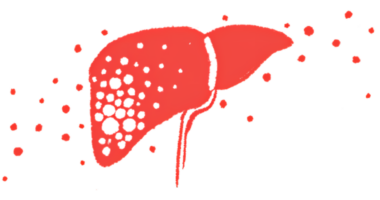5 bone-strengthening exercises for hemophilia
Last updated June 4, 2025, by Agata Boxe

Living with hemophilia may understandably make you feel anxious or uncertain about exercising because of potential concerns about injury and unintended bleeding. However, research shows that exercise may actually help prevent bleeding episodes.
Exercise also plays a key role in maintaining healthy bones and muscles, which is especially important for people living with hemophilia, who are at more than four times higher risk of fractures compared with the general population.
By following your doctor’s and physical therapist’s guidance, it is possible to exercise safely and effectively with hemophilia. Here are five exercises that may help strengthen your bones and support your overall well-being.
1. Walking
Walking is an accessible, free, and low-impact exercise that can help build bone density in your legs, hips, and ankles. Your doctor or physical therapist can help you determine the right pace and duration of your walks for maximum benefits.
To stay consistent, try scheduling your walks on your calendar. Walking with a friend, neighbor, or family member can also make the experience more fun and interactive.
And remember: If you’re too tired and need to skip a day, that’s OK. Be kind to yourself. You can get back to it when you feel ready.
2. Strength training
Strength training with weights or resistance bands is another way to boost your bone health, joint stability, and muscle strength. You should ideally strength-train under the guidance of a physical therapist, who can recommend a specific, safe regimen.
To ensure you’re lifting safely:
- Start slowly and don’t overexert yourself.
- Take breaks if you need to.
- Stop exercising if you experience pain or discomfort.
- Don’t hesitate to modify duration and intensity as needed.
- Reschedule your workout sessions when you’re not feeling well.
3. Swimming
Swimming or other pool-based exercises are excellent for people with hemophilia. Water provides buoyancy, which reduces the impact on your joints while still offering resistance to help strengthen your muscles.
If you can’t or don’t like to swim, consider hydrotherapy, which involves doing exercises in a pool to improve strength and flexibility. It has been shown to potentially improve the ability to do daily tasks in people with hemophilia.
4. Yoga
Some experts suggest that yoga may support bone health in the general population by improving strength, balance, and flexibility — all of which contribute to fewer falls and fractures. And, in children and adolescents with hemophilia, yoga has been shown to improve overall quality of life.
Make sure to work with a qualified instructor or physical therapist who understands hemophilia and can modify poses for your needs.
5. Balance and coordination exercises
Exercises focused on balance and coordination help with posture and mobility, and indirectly benefit bone health by reducing the risk of falls and fractures.
Some options to consider include:
- tai chi, which combines slow movements with deep breathing and meditation
- stability ball exercises, such as squats or wall sits with a stability ball
- other balance exercises to prepare for participation in sports.
Exercising with hemophilia may initially feel intimidating, but with the right guidance and a personalized plan, it can help you strengthen your body and improve your health. Talk to your care team to determine which exercises are right for you.
Hemophilia News Today is strictly a news and information website about the disease. It does not provide medical advice, diagnosis, or treatment. This content is not intended to be a substitute for professional medical advice, diagnosis, or treatment. Always seek the advice of your physician or other qualified health provider with any questions you may have regarding a medical condition. Never disregard professional medical advice or delay in seeking it because of something you have read on this website.
Recent Posts






